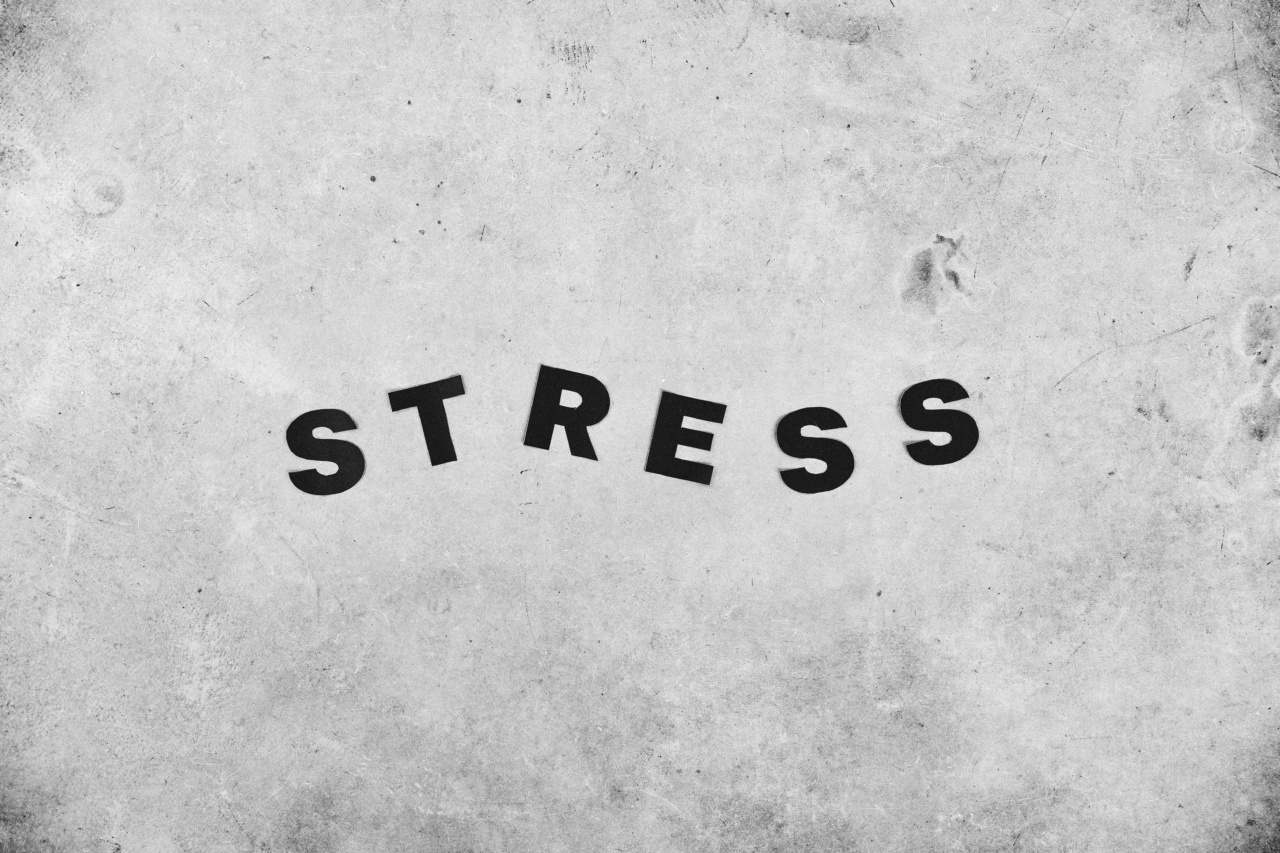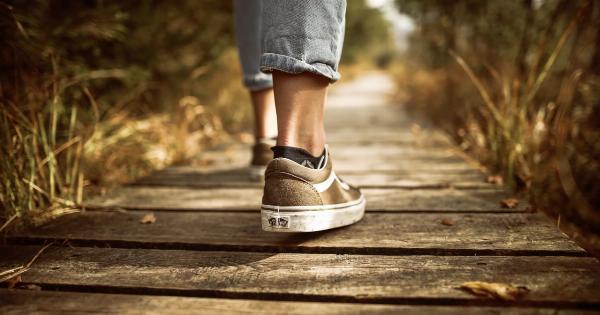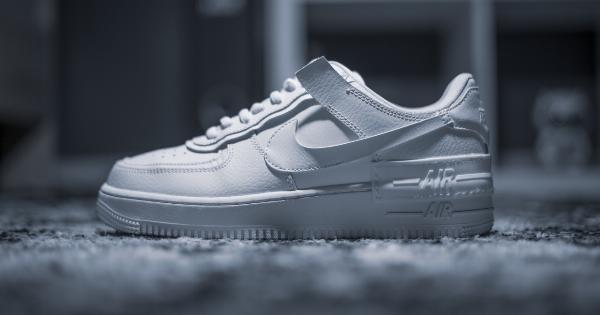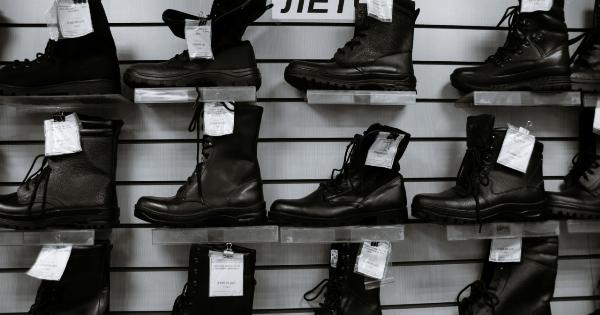Shoes are an essential part of our everyday lives. Whether we’re going to work, running errands, or exercising, we rely on our shoes to provide support and protection for our feet.
However, all too often, we find ourselves struggling with uncomfortable shoes that cause blisters, sore feet, and general discomfort. In this article, we will discuss some common shoe struggles and provide tips for avoiding discomfort.
Understanding Your Foot Type
One of the first steps in finding comfortable shoes is understanding your foot type. There are three main types of foot arches: high arches, neutral arches, and low arches. Knowing your foot type can help you choose shoes with the right amount of support.
If you’re unsure about your foot type, you can consult a podiatrist or visit a specialized shoe store for a professional fitting.
Finding the Right Shoe Size
Another important factor in shoe comfort is finding the right size. Ill-fitting shoes can lead to a host of foot problems, including blisters, bunions, and even chronic pain.
To find the right shoe size, measure both of your feet using a ruler or a measuring tape. Keep in mind that your feet may be slightly different in size, so always choose the size that fits your larger foot comfortably.
Choosing the Right Shoe Style
The style of shoe you choose can also impact your comfort level. Different activities require different types of shoes, so it’s important to choose a shoe style that suits your needs.
If you’re going for a long walk or a run, opt for athletic shoes with proper cushioning and arch support. If you’re heading to the office, consider wearing loafers or dress shoes that provide comfort without compromising style.
Investing in Quality Shoes
While it may be tempting to opt for cheaper, low-quality shoes, investing in a pair of high-quality shoes can make a significant difference in your comfort level.
Quality shoes are often made with better materials and designed to provide optimal support and cushioning. They may be pricier upfront, but in the long run, they can save you from discomfort and potential foot problems.
Breaking In New Shoes
When you get a new pair of shoes, they may need some breaking in before they become comfortable. To break in new shoes without causing too much discomfort, wear them for short periods of time initially.
Gradually increase the amount of time you wear them until they feel comfortable. You can also try wearing thick socks or using shoe stretchers to expedite the breaking-in process.
Using Insoles and Inserts
If you’re experiencing discomfort or pain in your current shoes, using insoles or inserts can provide extra support and cushioning. Insoles are removable footbeds that can be placed inside your shoes to enhance comfort.
They come in various designs to address specific foot conditions or provide general comfort. Inserts, on the other hand, are placed under specific areas of the foot to relieve pressure and provide targeted support.
Ensuring Proper Shoe Maintenance
Proper shoe maintenance can also contribute to your overall comfort. Keeping your shoes clean and dry can prevent the buildup of bacteria and odors.
Additionally, regularly checking the soles and heels for wear and tear can help you identify when it’s time to replace your shoes. Worn-out shoes can lose their support and cushioning, leading to discomfort and potential foot problems.
Rotating Your Shoes
Frequent use of the same pair of shoes can cause them to wear out faster and lose their comfort. Rotating your shoes can help prolong their lifespan and ensure you always have a comfortable pair on hand.
By giving your shoes time to rest between uses, you allow the materials to recover and maintain their shape and support. Consider having a few different pairs of shoes for different activities to rotate regularly.
Seeking Professional Advice
If you’ve tried various methods to find comfortable shoes and are still experiencing persistent discomfort, it may be time to seek professional advice.
A podiatrist or a footwear specialist can examine your feet, analyze your gait, and provide recommendations tailored to your specific needs. They may suggest custom orthotics or prescribe exercises to improve foot strength and flexibility.
Conclusion
Comfortable shoes are an essential part of maintaining foot health and overall well-being.
By understanding your foot type, finding the right shoe size and style, investing in quality shoes, and taking proper care of your footwear, you can alleviate the discomfort and prevent common foot problems. If you’re still struggling with shoe discomfort, don’t hesitate to seek professional advice. Remember, your feet deserve the utmost care and comfort to support you every step of the way.






























